25 Years After Worst Chemical-Weapon Massacre In History, Saddam Hussein's Attack On Halabja in Iraq, The City Is Reborn [PHOTOS]
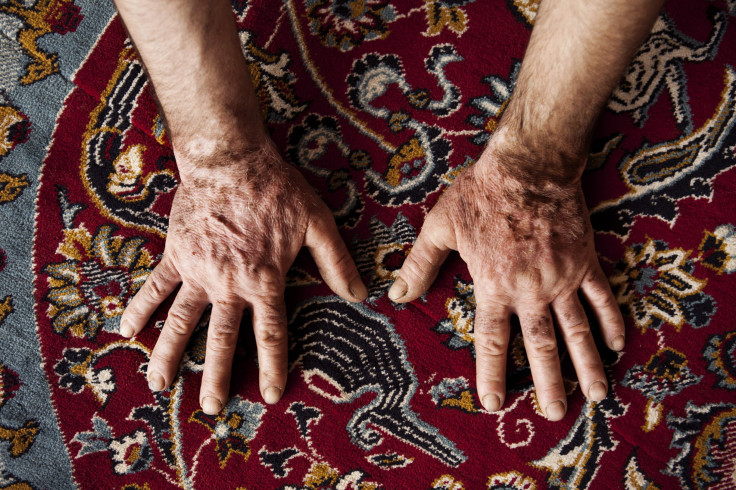
HALABJA, Iraq -- First came the blast of the bombs dropped from the jets, followed by a smell of apples. Then the birds the family kept caged in the yard dropped dead. Minutes later, human beings began to die, too.
This is how Minira Abdul Qader remembers the events of March 16, 1988, in Halabja, a small town on Iraq's northeastern border with Iran. She was 10, and a witness to the largest chemical-weapons attack on civilians in history.
The civilians happened to be Kurds, Iraqi dictator Saddam Hussein’s enemies. He had ordered his forces to drop gas on the city, then inhabited by 45,000 Kurds.
“We took refuge in the basement,” Qader recalled from her house in Halabja, “but when jets came again at night we decided to flee the city, like everybody else. I remember people lying still on the fields, and me asking my brother why they were sleeping there.”
But they weren’t sleeping. They were the bodies of some of the 5,000 people killed by mustard gas and the nerve agents sarin, tabun and Vx.
Qader, who is among about 10,000 survivors, has progressively become blind as a result of the attack. Two eye surgeries in neighboring Iran, where many victims of Halabja go for treatment, haven't improved her sight.
“I have been in pain for 25 years, because of my eyes and some breathing problems. I wish I had died the day of the attack,” said the woman, who is now the mother of two boys, ages 11 and four.
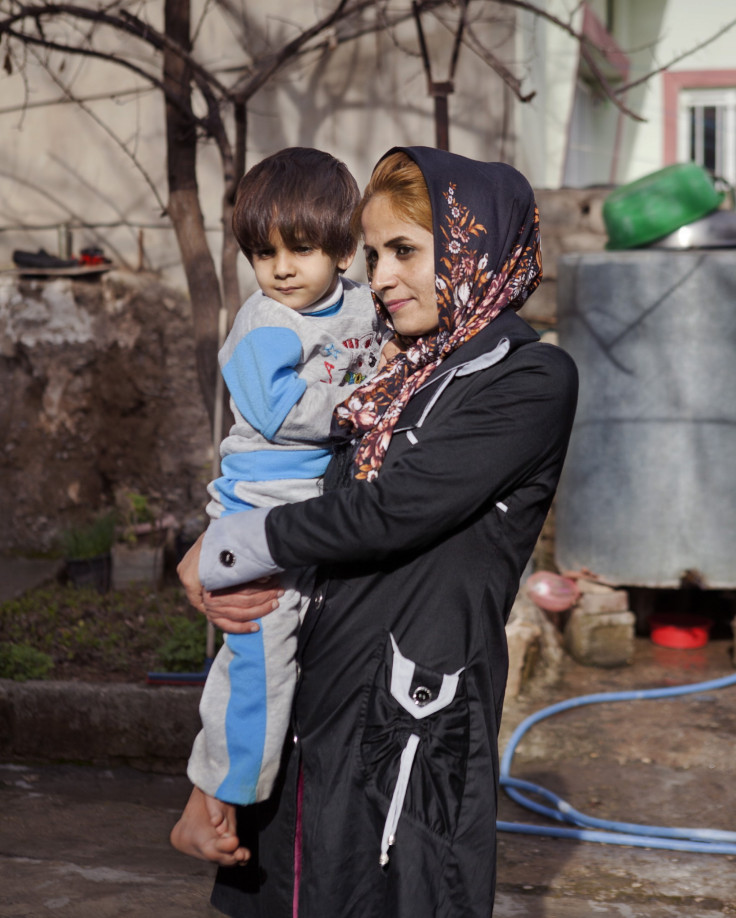
Not long after the Halabja massacre, the latest and most comprehensive in a series of international agreements banning the use of chemical weapons, the 1993 Chemical Weapons Convention, came into effect. Only six nations, including the pariah regime of North Korea and the nonexistent state of Somalia, haven't signed the multilateral treaty. And one of them is right next door to here: Syria, where President Bashar al-Assad maintains one of the world's largest chemical arsenals.
Assad may want to consider carefully whether he really should use those weapons. Saddam Hussein was hanged in 2006, for crimes unrelated to the Halabja massacre, but it’s a safe bet he would have received a death sentence for it, too, had he made it to a trial alive. That’s what happened to his cousin, Ali Hassan Abd al-Majid al-Tikriti -- also known as “Chemical Ali” -- the nickname he earned by directing the genocidal campaign against Iraqi Kurds that included the Halabja attack. He received five death sentences for that campaign and was executed in 2010.
The Kurds, a people with a distinct language and culture, number at least 30 million. Before World War I, they lived under the Ottoman Empire. After it collapsed, the region they inhabited was divided between Iran, Iraq, Syria, and Turkey. The Kurds were scattered, becoming citizens of newly created states, but continued dreaming of their own state.
The militia they created to fight for an independent Kurdistan, the Peshmerga, was allied with Iran, Hussein's enemy. In 1988, Iraq and Iran were in the final throes of their eight-year war, and one of the last gasps of the fighting was around Halabja. The Iranian army had captured the city briefly, and after retaking it, Hussein wanted to punish the Kurds for the help they’d given the Iranians.
“Halabja is only 44 kilometers (27 miles) from the Iranian border and there, on the mountains, the peshmerga had been hiding since the 1960s to fight for the independence of Kurdistan, occasionally with the help of Tehran,” Sarkhel Hama Khan, a survivor of the chemical attack, who is now a director of the Halabja Monument museum, said.

“But even before attacking here, Saddam had fired chemical weapons against seven other villages at least, and arrested thousand of Kurds, who were later buried alive. It was a genocidal campaign, named Al-Anfal, which killed 180,000 out of 3 million Iraqi Kurds,” he recalled, while showing snapshots of that tragedy collected by the museum.
Now, the monument towers above the outskirts of Halabja, looking like an iron fist reaching for the sky. Around it, almost 1,000 new houses, built along neat lines and spotless playgrounds, are a testament to Halabja’s return to life.
The pastel-painted neighborhood was built in 2011 to house survivors of the attack, more than two decades later.
Yet, nobody here seems to blame local authorities for any shortcomings. In fact, many proudly point out that Kurds now have some power of their own, albeit a de facto autonomy, after decades of armed struggle and an American-led invasion of Iraq. The new federal constitution for Iraq, approved in 2005, two years after Hussein was deposed, paved the way for a new Kurdistan Regional Government with a budget of its own, funded by the region’s large oil reserves.
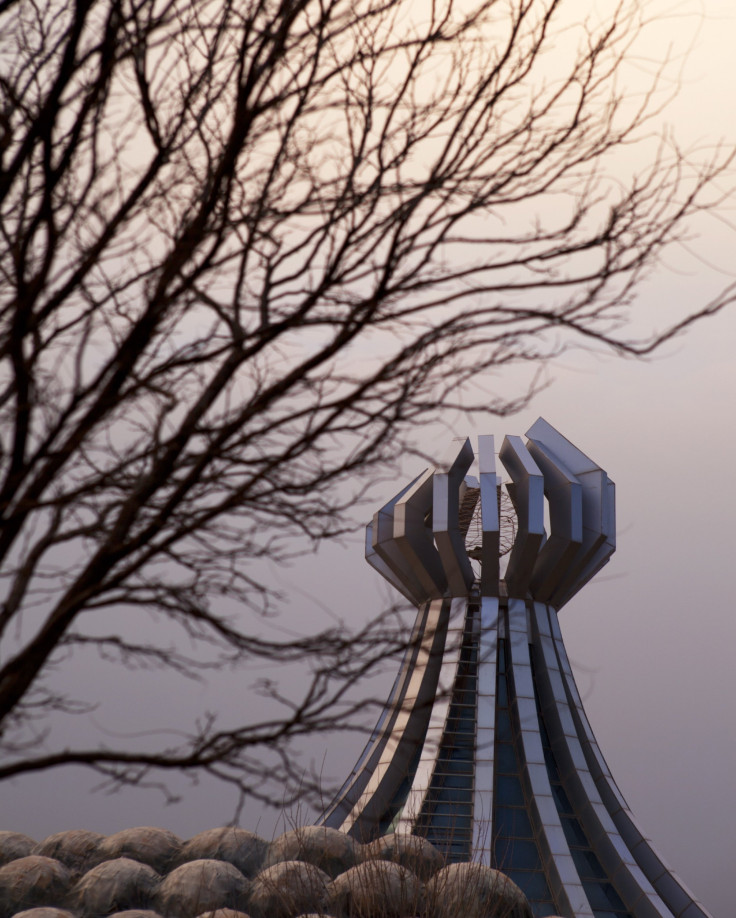
To many here, self-governance is more meaningful than the executions of Hussein and al-Majid, the man who planned and carried out the extermination of their ethnic brethren.
“We are planning to provide more houses to the families of the survivors. And let’s not forget that, as martyrs, they are entitled to a monthly salary between $400 and $900,” said Koran Adham, who was appointed three years ago as mayor of Halabja, by the Patriotic Union of Kurdistan, or PUK, the party headed by Iraqi president -- and Kurd -- Jalal Talabani.
“That said, it is hard for people who are still wounded in their body and minds to overcome such trauma. We will live with it forever,” said Adham, who before becoming mayor was a lawyer representing the Halabja families seeking justice and compensation from the Iraqi central government.
When Adham says “forever,” it’s not really an exaggeration. The aftereffects of the attack will last a long time and has already gone through the generations, affecting those who weren’t even born in 1988.
“So far there is no comprehensive study showing a cause-effect relation between the chemical attack and the high number of congenital defects or blood cancer we have been registering among kids here,” said Jihad Hama, a doctor in Halabja’s German Center for the Psychologically and Physically Disabled, which is financed by German aid.
But most of the victims in Halabja are certain that direct exposure of parents to the gas, and then to contaminated soil and water, has caused a high number of miscarriages and children suffering from severe diseases.
The absence of official data is in contrast to the German Center’s anecdotal evidence, including at least 50 recent cases of birth defects.
A team from South Korea visited last year to begin research into the medical history of Halabja after 1988. The Iraqi Health Ministry also launched an investigation a few months ago, seeking to prove a correlation between the use of gas and congenital anomalies, according to Hunar Jaafar Hama, director of the Halabja Health district.
“Every kind of gas may have two kinds of effects on the human body. The direct ones are clear: glaucoma and cornea damage, degenerative lung illnesses like fibrosis, skin scars or cancer, and psychological disorders,” Hama said in his office, which is next to the first Halabja hospital that will specialize in chemical-related diseases.
“Then, you have long-term effects. According to medical literature, gases can increase the risk of birth defects and cancer. And they might cause genetic mutations in the victims, which can be transmitted to the second and even the third generation. As my experience suggests, the high rate of ovarian cancer here could be a case in point for a study,” he added.
Awat and Jino Karim Hama said no doctor gave them an explanation for the microcephaly -- a neuro-developmental disorder resulting in an abnormally small brain -- affecting their two small children. During a recent visit to the expensively decorated family house in Halabja, Ara, 4, and his sister, Ana, 3, appeared excited to meet new visitors.
They dragged themselves on a large purple carpet in the living room, squealing with joy. Neither can walk or talk, and both have a paralyzed left arm.
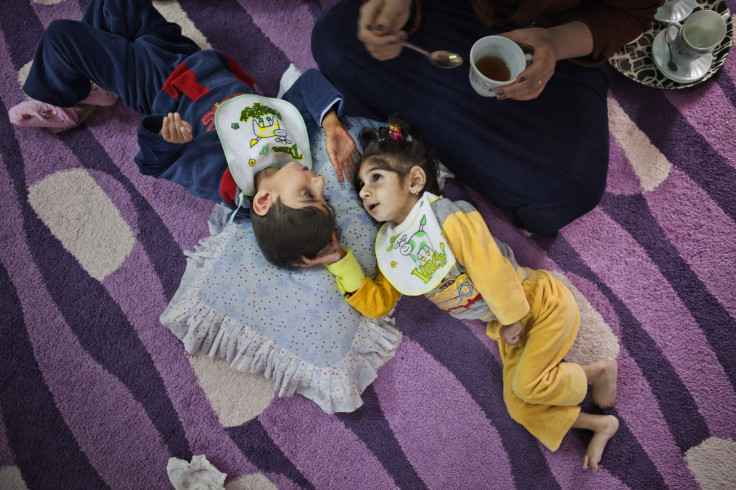
“They cannot run out of the house or ride a bike like every kid, but they are improving slowly. Now they understand and recognize what is around them,” said their father, 32, who owns a perfume shop in the city.
“Our son was five-months old when I realized that he did not put on weight or muscles. So I took Ara to doctors both here and in Iran, and they told me that his brain was not working properly. Since I did not have any trouble during pregnancy or labor, they said that among other reasons, it might be related to my exposure to the gas when I was a kid,” their mother, Jino, said. “Later, when Ana was born, it was clear that it had just happened again.”
Equipment to conduct prenatal tests to identify birth defects isn't available in Iraq or Iran. If the couple decides to have another child, they have been advised to go to Jordan for prenatal screenings, but Jino said she won't risk having any more children. In this remote corner of Iraq, with two disabled children and limited health care, the family's daily routine is already hard enough.
Political feuds over Kurdish oil in the Iraqi capital of Baghdad, and the economic boom visible in Erbil, the seat of the Kurdish Regional Government, are far away from Halabja, where citizens dream just of a free and peaceful life.
Local residents reiterated that 25 years aren't enough to forget the tragedy that befell their city in 1988. They say the world shouldn't forget, either.
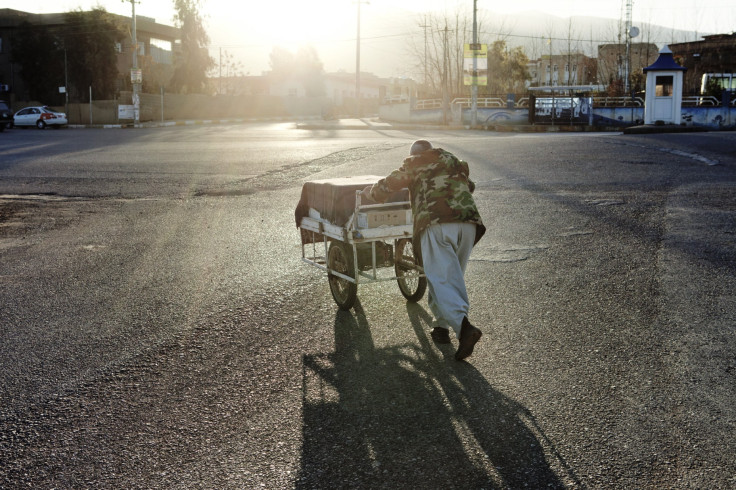
© Copyright IBTimes 2025. All rights reserved.





















